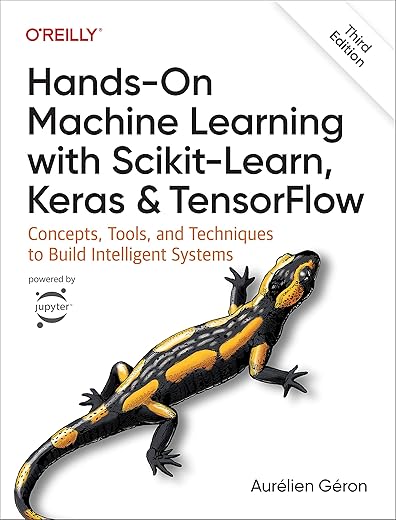An Introduction to Supervised Learning: What You Need to Know
In the field of machine learning, supervised learning is one of the most commonly used techniques for training models to make predictions. This article will provide you with a comprehensive overview of supervised learning, including what it is, how it works, different types of algorithms, and its applications. By the end of this article, you will have a solid understanding of supervised learning and its potential use cases.
What is Supervised Learning?
Supervised learning is a type of machine learning where the algorithm is trained on a labeled dataset. In other words, the model is provided with input data as well as the correct output for each data point. The goal of supervised learning is to learn a mapping function from the input variables to the output variable. This allows the model to make predictions on new, unseen data.
How Does Supervised Learning Work?
The process of supervised learning involves training a model on a labeled dataset, evaluating its performance on a separate test dataset, and then making predictions on new data. The model learns from the labeled data by adjusting its parameters to minimize the difference between its predicted output and the true output. This is typically done using a loss function, which quantifies the difference between the predicted and true outputs.
Types of Supervised Learning Algorithms
There are two main types of supervised learning algorithms: regression and classification.
-
- Regression: Regression algorithms are used when the output variable is a continuous value. The goal of regression is to predict a numeric value based on input data. Examples of regression algorithms include linear regression, polynomial regression, and support vector regression.
- Classification: Classification algorithms are used when the output variable is a category or class. The goal of classification is to predict the class to which a data point belongs. Examples of classification algorithms include logistic regression, decision trees, random forests, and support vector machines.
Applications of Supervised Learning
Supervised learning has a wide range of applications across various industries, including healthcare, finance, marketing, and more. Some common applications of supervised learning include:
-
- Medical diagnosis: Using supervised learning to predict diseases based on medical data.
-
- Financial forecasting: Using supervised learning to predict stock prices or market trends.
-
- Customer segmentation: Using supervised learning to classify customers into different segments based on their behavior.
-
- Image recognition: Using supervised learning to identify objects in images.
FAQs
What is the difference between supervised and unsupervised learning?
The main difference between supervised and unsupervised learning is the presence of labeled data. In supervised learning, the model is trained on labeled data, while in unsupervised learning, the model is trained on unlabeled data. This means that in supervised learning, the model knows the correct output for each data point, while in unsupervised learning, the model must find patterns and structure in the data without explicit labels.
How do you evaluate the performance of a supervised learning model?
There are several metrics used to evaluate the performance of a supervised learning model, including accuracy, precision, recall, F1 score, and ROC curve. These metrics measure different aspects of the model's performance, such as its ability to correctly classify data points or its ability to predict continuous values accurately.
Summary
In conclusion, supervised learning is a powerful machine learning technique that is widely used in practice. By training models on labeled data, supervised learning algorithms can make accurate predictions on new, unseen data. Understanding the principles of supervised learning and its applications is essential for anyone interested in machine learning and data science. We hope this article has provided you with a solid foundation in supervised learning and its potential benefits.


 Amazon.co.uk
Amazon.co.uk












